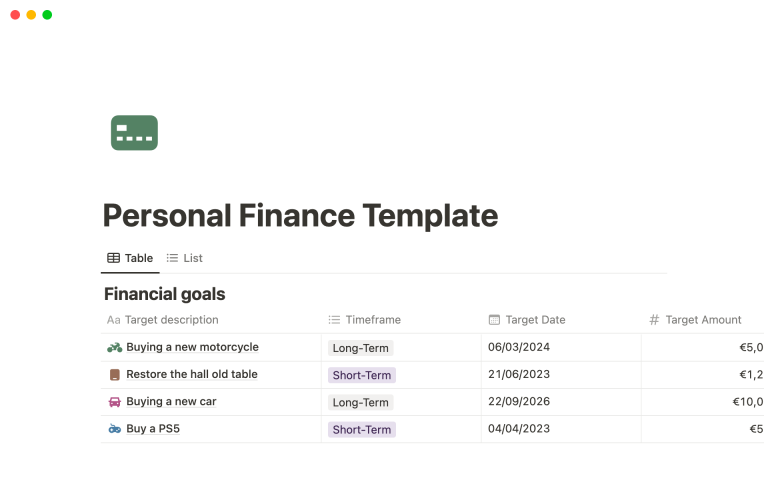In today’s ever-changing world, financial education for children is more important than ever. Teaching children about money and the concepts of wealth can set them on a path to financial independence and stability. With the right tools and guidance, we can raise a generation that embraces financial literacy and understands the importance of building wealth for kids from a young age. Below, we share insights, strategies, and resources that can help parents instill these critical lessons in their children.
Understanding the Basics of Building Wealth for Kids
The journey to teaching kids about wealth begins with the basics. Just as we teach our children to read and write, imparting financial knowledge is equally crucial. This topic is not just for adults; in fact, the earlier children understand the concepts of money management, saving, and investment, the better positioned they will be to make informed financial decisions later in life.
The Importance of Financial Literacy
Financial literacy is the foundation upon which building wealth for kids is erected. Children should be aware of why money is important and how to handle it responsibly. Start by discussing money openly; don’t shy away from talking about earning, spending, saving, and investing. You can use everyday situations, such as a trip to the grocery store, to explain how money works in real-life scenarios. Allowing children to participate in budgeting for small purchases can also be a useful practice.
Practical Tips for Building Wealth for Kids
1. Teach Savings from an Early Age
One of the most effective lessons involves teaching kids to save. Open a savings account for your child, and encourage them to deposit money from their allowance or gifts. Explain the concept of interest and how their savings can grow over time. Setting a savings goal can also motivate them to save more diligently. It could be for a toy, a trip, or even a special experience. Not only does this teach them about saving, but it also instills the value of delayed gratification.
2. Introduce Investments Early
As your child grows more comfortable with savings, introduce them to investing. Explain how their money can work for them and multiply over time. You can start with simple concepts, such as stocks or mutual funds, related to businesses they understand – perhaps a favorite toy manufacturer or a popular snack brand. This engagement can show them the benefits of investing and how building wealth for kids can be a fun and rewarding adventure.
Engaging Children with Interactive Wealth Building Activities

Interactive activities can be a fruitful way to teach kids about finance. Games that involve money—like Monopoly or online financial simulators—can provide valuable lessons about managing resources, making investments, and understanding profits and losses. These tasks can entertain and educate and promote discussions about building wealth for kids in a relaxed, enjoyable manner.
The Role of Allowance in Building Wealth for Kids
Another important strategy involves the use of an allowance. Allowance can serve as a practical tool to teach children about money management. Decide on a reasonable amount based on your family’s budget and the child’s age. Encourage children to allocate their allowance wisely between spending, saving, and donating. This simple practice nurtures a sense of responsibility and reinforces the concepts of budgeting and financial planning.
Encourage Entrepreneurship
Encouraging your children to start a small business—even if it’s just a lemonade stand or a dog-walking service—can be a powerful lesson in entrepreneurship. This real-world experience enables them to learn how to earn money and understand costs, pricing, and profits. The process of building something of their own fosters creativity and a sense of accomplishment, integral to building wealth for kids.
Using Real-Life Examples to Teach Building Wealth for Kids
Sharing personal stories or historical examples of successful wealth-building can inspire children. Discuss your financial journey, including mistakes and what you learned from them. Highlight inspiring figures known for their financial smarts, such as entrepreneurs or philanthropists. Stories resonate with kids and can make the lesson of building wealth for kids tangible and relatable, inspiring them to follow a similar path.
Promoting the Value of Giving Back
Teaching kids to give back is another essential aspect of financial literacy. Discuss charitable organizations, and encourage them to donate a portion of their allowance or savings. This instills the understanding that wealth isn’t just about accumulation; it’s about contributing positively to society. Kids can learn the joy of helping others while also solidifying their understanding of money’s role in making a difference in the world.
Creating Opportunities for Reflection
Make time for regular discussions about financial goals within your family. Pose questions like: What are your dreams for the future? How do you think you can achieve them? These conversations not only encourage your children to visualize their goals but also teach them the steps necessary to build wealth for kids effectively. They will learn about the importance of persistence and planning, both essential elements in achieving financial success.
Resources for Further Learning
Books and Online Courses
Numerous resources can aid in teaching financial literacy. Consider reading books aimed at children that discuss money matters—titles that simplify wealth concepts in a narrative form can be quite engaging. Online courses specifically tailored for young audiences can provide interactive learning experiences, allowing them to understand financial principles in a more dynamic way.
Involve the Whole Family
Lastly, involve the entire family in this financial education journey. Discuss finances openly during family meetings, or even create a family budget together. Having everyone participate creates a communal atmosphere where financial discussions are normalized. This approach not only reduces the taboo surrounding money but also reinforces the vital lessons of building wealth for kids.
In conclusion, investing time in teaching children about wealth building is undeniably rewarding. By nurturing their financial literacy, we equip them with the tools necessary to navigate their financial futures successfully. Remember, the journey to financial independence begins early—the earlier we start, the more empowered our children will be to thrive economically. With patience, creativity, and consistent effort, parents can foster a generation of financially savvy individuals prepared to embark on their financial journeys with confidence.


